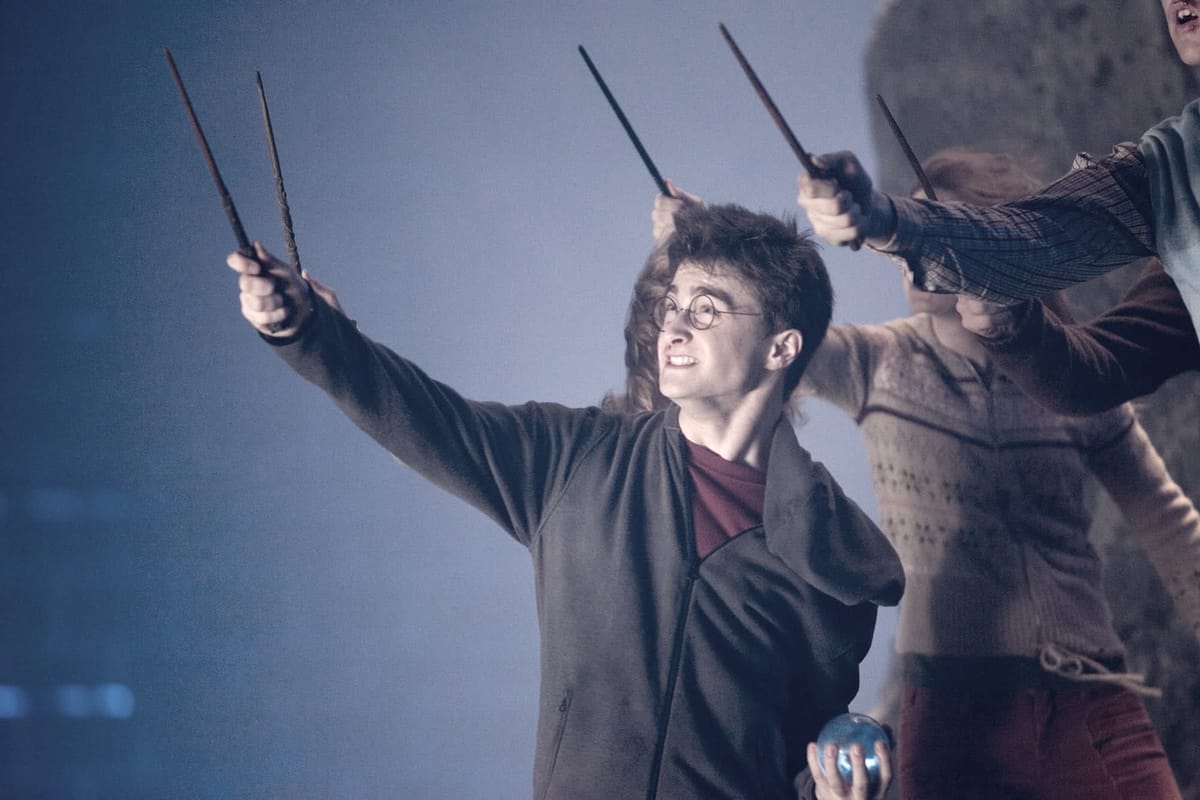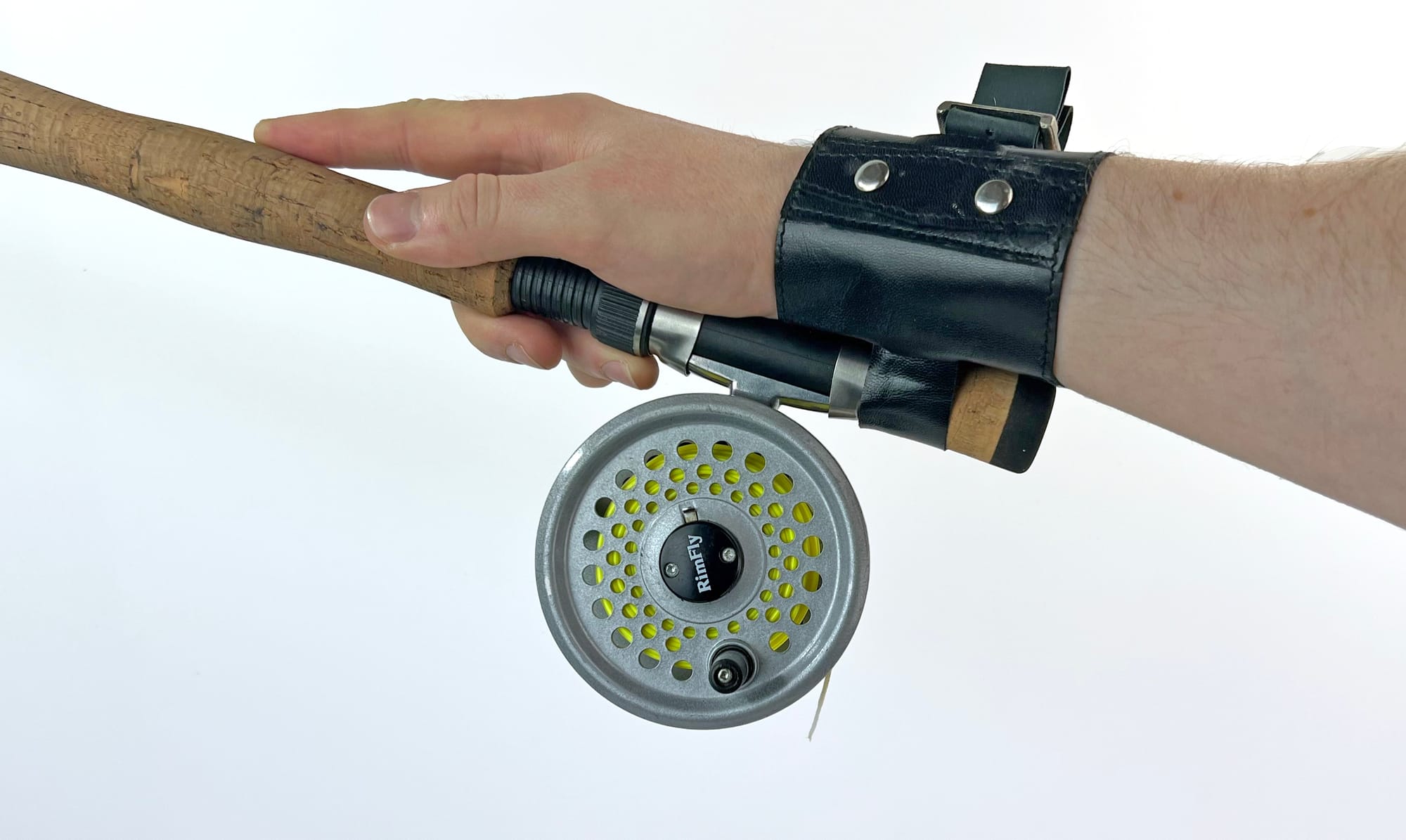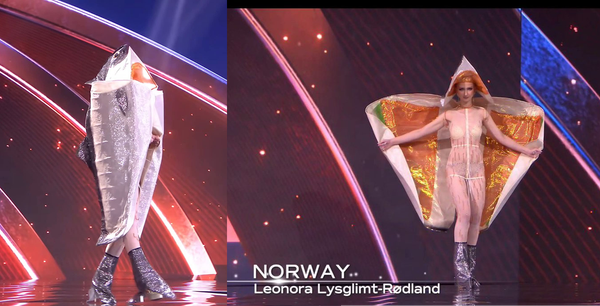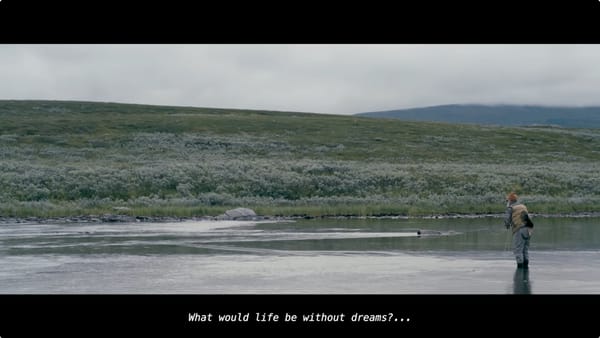Making your first fly rod casts: It's not all in the wrist
Whether you're an absolute beginner or recovering gear angler, wrist control is critical to learning to load and cast a fly rod properly.

In our Intro to Fly Fishing class, we're lucky to practice casting at a purpose-built local casting pond. Participants typically shake out into a few different categories, as far as their experience casting a fly rod:
- Absolute beginners, who have never held a fishing rod of any kind before in their lives
- Novice fly anglers, who have tried to teach themselves through YouTube tutorials, or books, and want to experience more hands-on learning
- Gear anglers, who have learned to cast light spinning outfits, or heavy trolling rods, or other types of bait or lure fishing setups
Our goal with the first casting session is simple. Help everyone get a feel for what they have to do with their bodies to load a fly rod. That's it. We teach the basic pick-up-and-lay-down cast. Then we add false casting. And finally, we touch on the roll cast. Across these three, we're trying to help beginners, or those recovering gear anglers, get a feel for the rod loading. One of the simplest steps a beginning angler can take to develop a sense of the rod loading is to isolate and eliminate any improper wrist action.
Keep a steady, open wrist to start
The single biggest bad habit that beginning fly casters—especially gear anglers used to casting spinning rods—bring to learning to cast a fly rod is using too much wrist. I prefer anglers aim for no wrist action at all as they're just starting out.
In the open position, the thumb extends in the same direction of the Radius bone in your arm. This is how your wrist looks when you're putting a key into a locked door. Or when you go to shake someone's hand. Think Harry Potter pointing a magic wand shouting "Expelliarmus!"
The opposite wrist position is what we frequently call "cocked" or "closed." This is where the thumb points straight up, almost perpendicular, at 90 degrees, to the Radius. The way your wrist is held when giving a thumbs up. 👍
As a beginning caster, your wrist should remain in a neutral or open position throughout most of the casting stroke. It should only open or close a tiny bit at the very end of your forward or back cast.
Spin casters have a tougher time with wrist control when learning to cast a fly rod
Anglers who are used to fishing with spin rods or bait rely a lot on their wrists. They have to break that bad habit when they're learning to cast a fly rod. It's important to recognize fishing casts are fundamentally different than fly fishing casts. In spin or gear fishing, the weight of the lure, or whatever's on the end of the line, loads the rod. You flip it out with your wrist.
When we're casting a fly rod, we're casting unweighted flies. The weight of the fly line is what loads the road, and transfers energy into the system. That stored up energy is what is used to propel the line, leader, and fly forward. If you try to use only your wrist to cast a dry fly, you'll move the first 2-3' of fly line outside the tip-top guide, and that's it.
Preventing too much wrist from messing up your fly fishing cast
Luckily, it's fairly easy to help isolate and remove excessive wrist action among beginning fly casters. There are two main avenues for this. One, is to see it happening, and what results in the cast. The second is to create a feedback mechanism for the angler to get a little reminder there's wrist action happening.
Look for the open loop
One critical concept for beginning fly casters to understand about casting a fly rod applies here. The fly line follows the rod tip. Wherever the rod tip goes, so goes the fly line.When the wrist moves in the wrong place across either the back or forward cast, the rod tip ceases to move in a straight line. Again, with one of your handy appendages, you can show this.
With the wrist opening and closing across the casting strike, the rod tip moves on an arc, and thus the fly line follows the arc. And we would get massively blown-out open loops, not cool and cute tight loops. Open loops are energy inefficient. They are unable to sustain the energy we need for a proper fly fishing cast. So that's step one. If you're consistently dealing with open loops, your wrist might be to blame.
Lock down your wrist to know for sure.
The single best way to find out for sure? Take your wrist out of the equation. Lock it down. Remember our Harry Potter / Thumbs-up contrast between open and cocked wrists? Put a fly rod (even just the butt section) in an open wrist, and you're going to have a good 2-3" of butt section sticking out of the bottom of your hand (the handle, the reel seat, the fighting butt on bigger rods).
What we want to do is to give a reminder your (loosely) wrist is open. We can do that by tucking that extra fly rod underneath something. We're usually casting here in the rain or gloom in the Pacific Northwest. So we stick that extra bit of fly rod underneath your jacket or fleece cuff. Just pull the cuff of the sleeve over it, and tighten it up if possible. Another option is if you've got a hair tie or scrunchie. Use that to strap your rod in.

When you're casting with wrist arrested, and you try to cock your wrist, you'll get the feedback from your sleeve / scrunchie. That resistance can remind you to hold that wrist open. Simple.
Proper wrist application at the end of the casting stroke
As you progress in your casting journey, you'll need to start using your wrist more and more. Not using the wrist is a counter-intuitive learning step for a lot of anglers. Not only because they learned to cast a spinning rod that way, but also because they have watched other people cast fly rods before, and they've seen they are all using their wrists.
Closing and opening the wrist at the right moments (at the end of the backcast and end of the forward cast respectively) can make or break an efficient cast. The metaphor often used here is throwing a ball. The snap of the wrist at the end of the throwing motion is what helps impart speed and spin on the ball. Similarly, a tiny bit of closing of the wrist on the backcast and opening of the wrist on the forward cast helps increase line speed and create better casts.
Once you're able to load the rod effectively without using your wrist at all, and your ability to generate line speed with a backcast, and track the fly rod on a forward cast improves, then it's time to think more about the role of the wrist. Since most folks at the very beginning to learn how to cast a fly rod use too much wrist, I find it easier to coach it back in at the right moments.
Casting a fly rod properly takes time and practice
Casting a fly rod, like developing a golf swing or a tennis stroke, is a complex athletic movement. Almost anyone can develop a passable fly cast with an afternoon's instruction. But it can take years of practice to develop an effortless, efficient cast that's got the accuracy and reliability to fish well across a range of fly fishing situations.
Wherever you come to the sport, it's best to approach the pursuit of casting excellence with patience and perseverance. There will be days where you cast poorly. There will be days where everything feels dialed in. The key is to continue to refer to casting fundamentals as you try and give yourself more casting days. These can be either in practice (on your lawn, at the park or the casting pond) or in fishing situations.
𓆟 𓆝 𓆟




